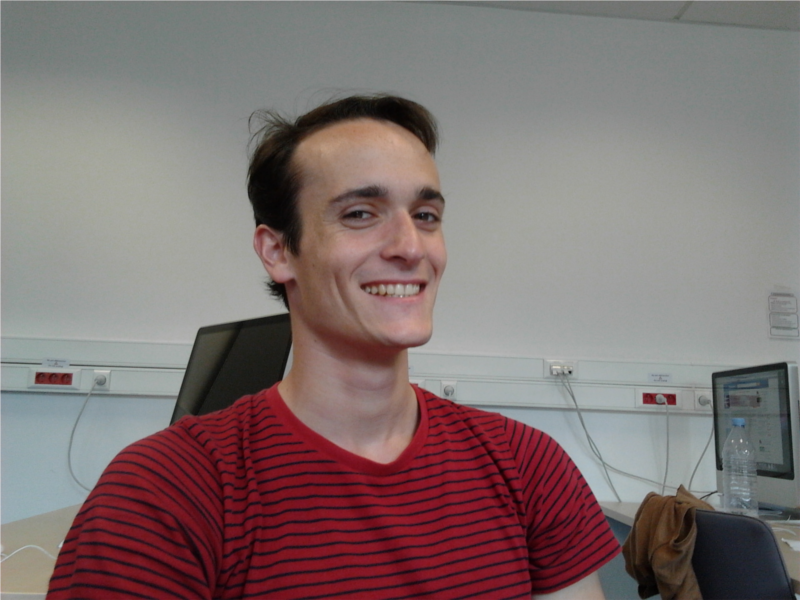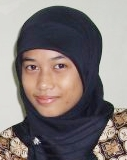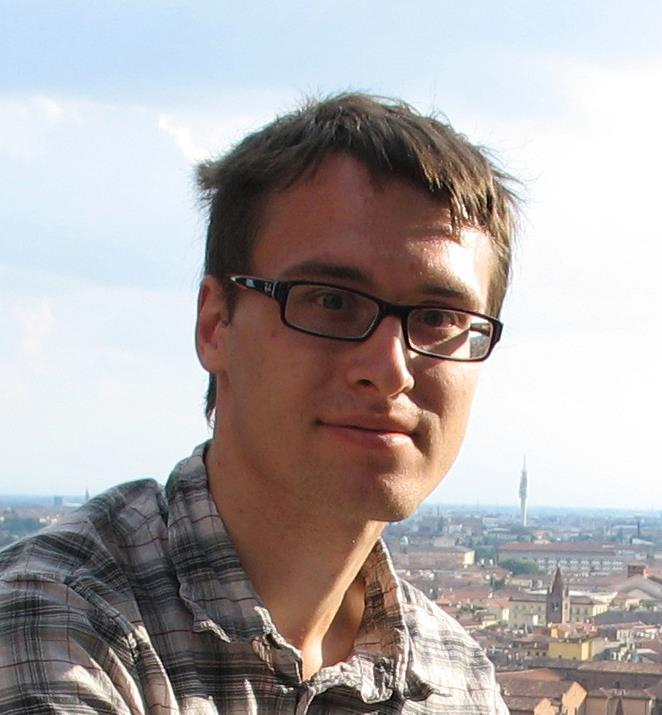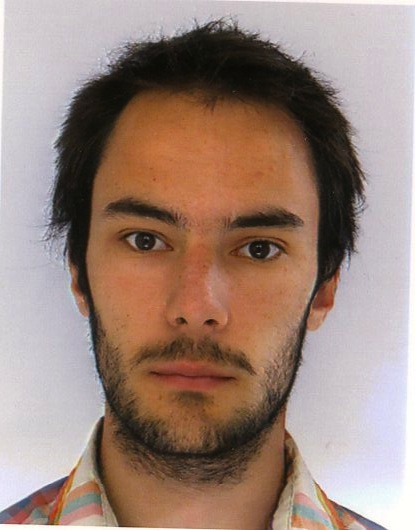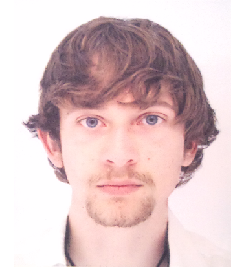Team:Paris Bettencourt/Human Practice/perception
From 2012.igem.org
During this summer, all of us gained knowledge in synthetic biology and learned lab skills, but that wasn't all. From the beginning of our brainstorming sessions, safety questions came up in our discussions. Our mutual interest in this topic lead us to center our project on safeguard systems and human practices related to public awareness and risk assesssment. This meant that we had to work hard not only on our wet lab project, but also on human practices. To our delight, this effort resulted not only in community outreach, but also changed our own opinion on biosafety in the context of synthetic biology. We feel that our Human Practice project changed each and every one of us. Here are our personal perceptions.
When we first began our project, I was really skeptical about the long term goals of releasing bacteria into the environment. However, during the debate we held some members of the "government", arguing in favor of the release of genetically modified bacteria, reminded the audience that there was a time when some held the opinion that airplanes were infernal machines that would only end in doom. We were questioned by judges in Amsterdam, who said that bacterial containment is impossible. I was inspired by the debaters. We have two options, we can either accept that biological containment is impossible, or we can try to study this problem and develop containment devices. In the end we may come to the conclusion that the risks are too great to ever release GE bacteria into the environment, but if we do not try to explore this problem we will do a great disservice to all the beautiful and brilliant iGEM projects dedicated to bioremediation.
Now, thanks to the human practice project, I realized that this naïve vision of things is completely false and also very dangerous! First realization: People have the legitimate right to be opposed to synthetic biology. There is no link between ignorance of SB and rejection of its applications Second realization: Every citizen should have a say in what technologies they want or do not want. Experts should not be the ones making the final call! Third realization: Education is very important. The aim should be to give people all the necessary tools to understand what exactly is going on, and so that they can therefore discuss in the most illuminated way possible if they want or not the technology as part of their world (education’s aim should absolutely not be making people agree with us and accept synthetic biology! This vision is dangerous!!!)
I came from Physics and until last year I didn't know anything about synthetic biology and biodegradation. However, I was always interested in projects intended to save the world. Or, at least, how to deal with problems caused by humanity? Due to that, I always was concerned about the big amount of waste produced by peoples. After I learned that Synthetic biology develops methods to solve those problems, I came up with the idea to degrade insecticide using bacteria, but with a delay: first, to kill insects, and after some delay, to degrade insecticide to avoid side effects. At that time, I had no idea about gene transfer, and that scientists don't release any synthetic bacteria to the environment. For me it was really surprising! How we could benefit from such great ideas like iGEM projects without having any possibility to use bacteria outside the lab? A lot of question appeared. Is it possible to create a safe containment system? What is the risk? Would ordinary citizens be interested in such projects? Those questions gave rise to our iGEM project, and human practice in parallel with theoretical and laboratory work partially gave me an answer to it.
Concerning teaching to the high school student synthetic biology, it's very disturbing for me, because in one hand, biotech companies give tools to high schools to build transgenic crops, in order to make their reputation better and not in a total altruistic way. On the other hand, we suggest to teach synthetic biology to kids, and for me it's hard to know whether it's really to teach them how to be critical toward this technology, or in fact doing the same as biotech companies, because they're still young and most of them won't see limits, even if they are taught. I think that at least, it should be taught in university for biologist, which is not done so far, unless being in a synthetic biology curriculum.
We started to consider human practices as an important issue since the beginning of the project. Indeed we show that a lot of previous iGEM project and our project first ideas had the goal to be released in nature but none of them had a serious safety device. During human practice I realize that zero risk doesn’t exist and nevertheless we can use genetically engineered organism for specific usage and assets risk for this specific usage as long as we discuss it with a large population. I learn that most of the people would agree that certain projects should be applied in the environment as long as we use safety devices.
 "
"


 Overview
Overview Delay system
Delay system Semantic containment
Semantic containment Restriction enzyme system
Restriction enzyme system MAGE
MAGE Encapsulation
Encapsulation Synthetic import domain
Synthetic import domain Safety Questions
Safety Questions Safety Assessment
Safety Assessment
